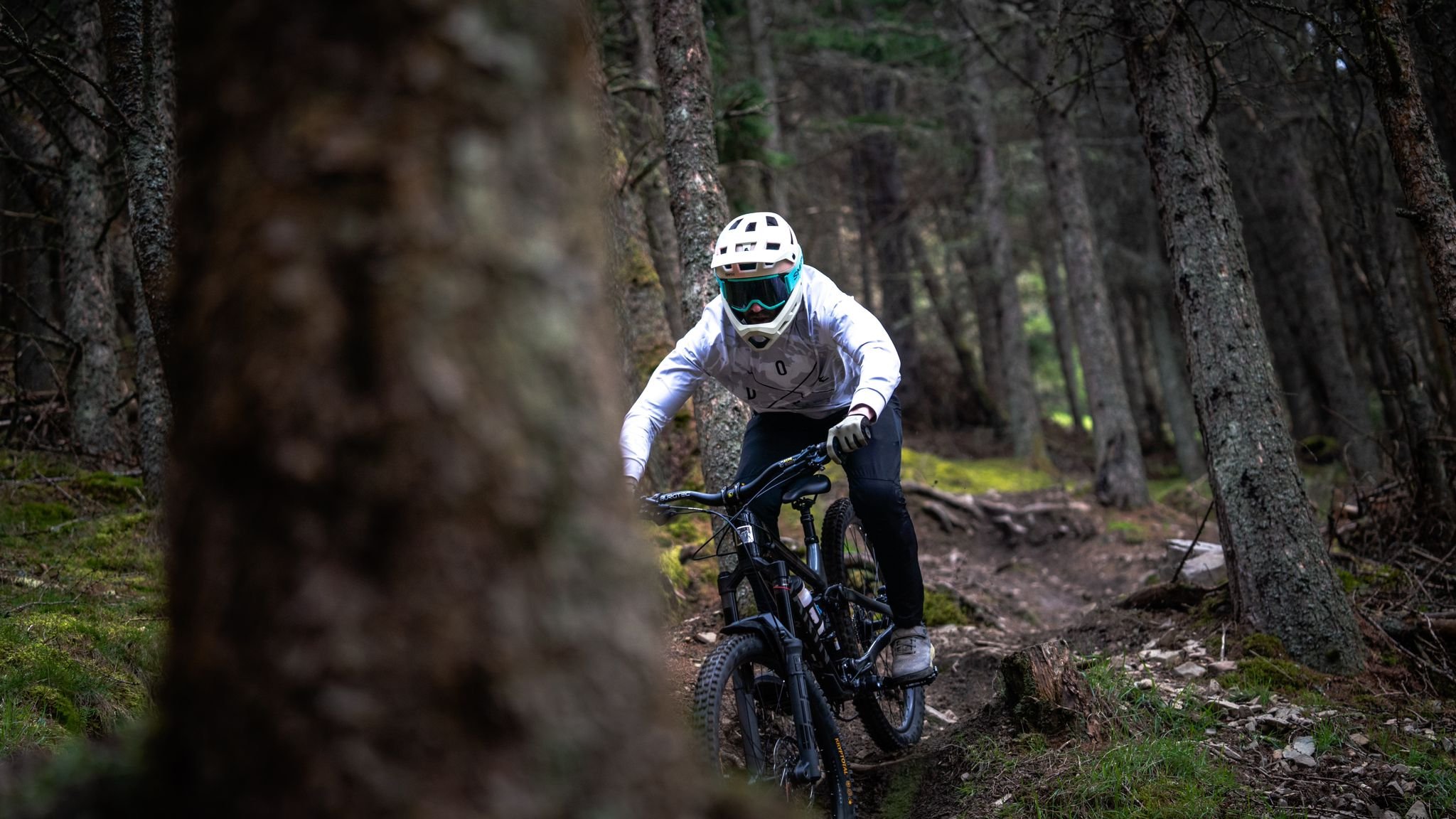Bike Time Over Barbell: The Irreplaceable Value of Riding
Bike Time Over Barbell: The Irreplaceable Value of Riding
While strength and conditioning (S&C) has become increasingly central to the training of mountain bike athletes, particularly those competing in Enduro and Downhill disciplines, time spent on the bike itself remains the most irreplaceable component of performance development. Gym-based interventions can enhance physiological capacity, improve force production, reduce injury risk, and develop robustness under load (Suchomel et al., 2016). However, the fundamental skill set that underpins racing performance, technical control, line selection, flow, and adaptability can only be acquired and refined through time on the trail.
The skill acquisition literature strongly supports the idea that meaningful improvements in sport-specific abilities are best achieved through the design of representative tasks. Motor learning theory emphasises that skills are task-specific and context-dependent; therefore, movement competencies such as braking modulation, terrain reading, and dynamic posture adjustment are most effectively developed within the performance environment (Davids et al., 2008). This has significant implications for how coaches and athletes should prioritise training modalities. While gym sessions are essential for enhancing athletic qualities like strength, power, and endurance, they cannot replicate the perceptual, emotional, and mechanical demands of a descent at race pace.
Riding time exposes athletes to environmental variability and terrain complexity that fosters decision-making under uncertainty. These experiences contribute to the development of implicit knowledge and intuitive pattern recognition, which are key factors in high-pressure, competitive scenarios. Every trail interaction, from adjusting to weather-altered grip levels to choosing a late apex line through a rock garden, contributes to the athlete’s database of experience. No amount of deadlifts, box jumps, or VO₂ max intervals can replace this level of experiential learning.
Moreover, structured and deliberate bike sessions are crucial for refining technique under fatigue, simulating race-day conditions, and embedding consistency in motor output. This is particularly relevant in Enduro, where multi-stage formats demand repeatable performance over several hours, and in Downhill, where single runs require immediate technical precision under maximal arousal. Conditioning in the gym can support these efforts by developing fatigue resistance and muscular control; however, technical resilience must still be practised in situ. Transfer from general to specific training depends on the athlete's ability to contextualise physical preparedness with the demands of their sport.
Practically, this means coaches must ensure that strength and conditioning (S&C) work complements rather than competes with riding time. It is not uncommon to see overemphasis placed on barbell-based progressions at the expense of trail exposure, particularly during the off-season. While building foundational strength, correcting asymmetries, and developing mobility are vital, they must be programmed in support of a broader aim: enabling better performance on the bike. This principle is especially pertinent when training time is limited and resources must be allocated efficiently.
Even among elite athletes with advanced physical profiles, progress often plateaus when technical riding volume is insufficient. Consistency in trail exposure enables refinement of body-bike synergy, proprioception, and movement economy. It also supports the development of self-regulation, pacing strategy, and mental resilience qualities that are indispensable in gravity sports where split-second decisions can define outcomes.
In summary, while S&C practices offer measurable benefits in preparing the athlete’s body for the rigours of mountain bike racing, they cannot substitute for the complexity, unpredictability, and specificity of time spent riding. The barbell builds capacity, but the trail builds mastery. Coaches and athletes must respect this hierarchy. Strength training supports performance; it does not replace the process of becoming a better rider. As the sport continues to evolve and the science of preparation becomes more sophisticated, the core truth remains unchanged: to improve as a mountain biker, one must ride.
References
Davids, K., Button, C., & Bennett, S. (2008). Dynamics of skill acquisition: A constraints-led approach. Human Kinetics.
Suchomel, T. J., Nimphius, S., & Stone, M. H. (2016). The importance of muscular strength in athletic performance. Sports Medicine, 46(10), 1419–1449.


